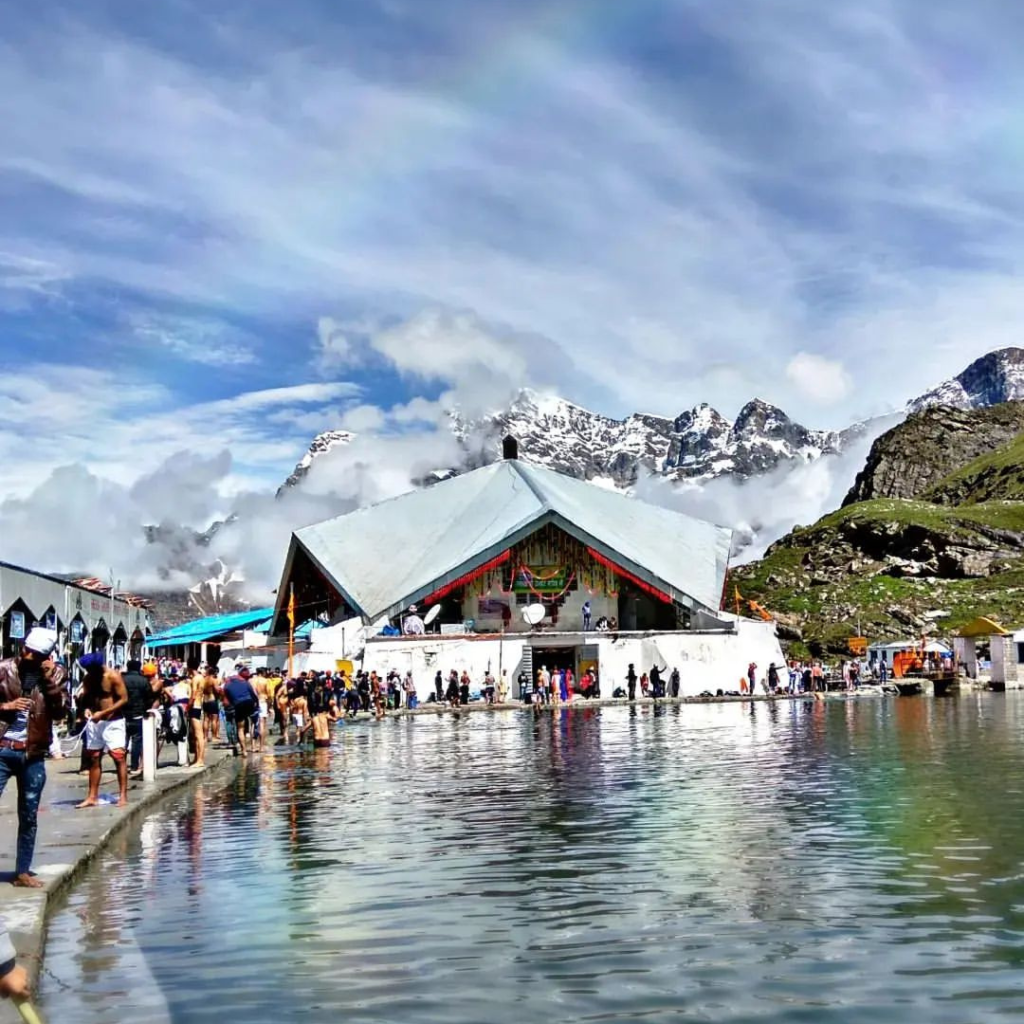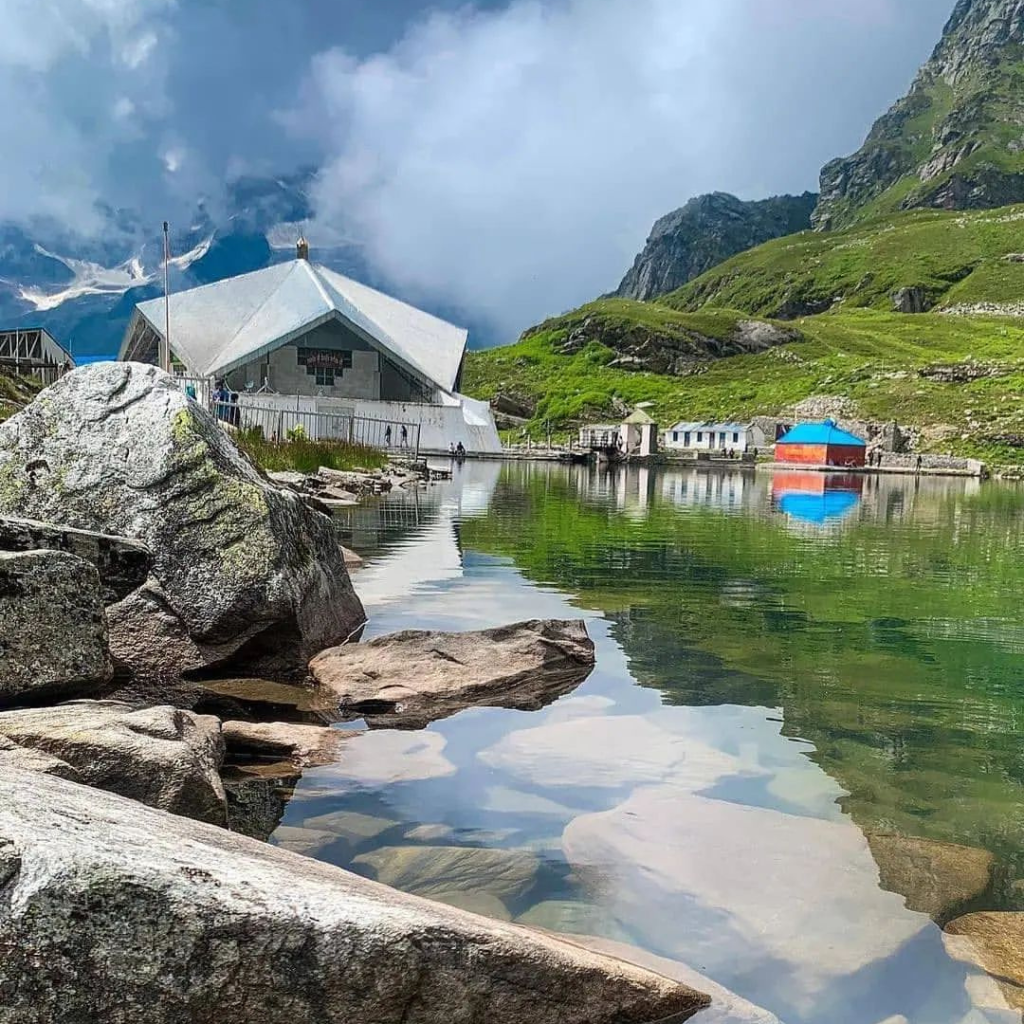A Spiritual Journey to the Himalayas
Hemkund Sahib, nestled in the majestic Garhwal Himalayas of Uttarakhand, is one of the most revered Sikh pilgrimage sites. This sacred destination, also known as Hemkunt Sahib, draws thousands of devotees each year, seeking spiritual solace and a connection with nature. Located at an altitude of 4,632 meters (15,197 feet), the serene glacial lake and the Gurudwara Hemkund Sahib offer a breathtaking blend of spirituality and natural beauty. Let’s embark on a journey to explore the significance, history, and the unparalleled experience of visiting Hemkund Sahib.
The Sacred Significance
Hemkund Sahib holds immense spiritual significance for Sikhs. It is believed to be the meditation site of Guru Gobind Singh, the tenth Sikh Guru, in his previous life. The name “Hemkund” translates to “Lake of Snow,” and the pristine glacial waters are considered holy. The Gurudwara, situated on the banks of the lake, is a place of worship and reflection for pilgrims.
The Journey to Hemkund Sahib
Reaching Hemkund Sahib is a test of both physical endurance and spiritual devotion. The trek starts from the base camp at Govindghat, which is approximately 275 km from Rishikesh. From Govindghat, pilgrims undertake a 13 km trek to Ghangaria, the last stop before Hemkund Sahib. The final leg of the journey involves a challenging 6 km ascent from Ghangaria to Hemkund Sahib.
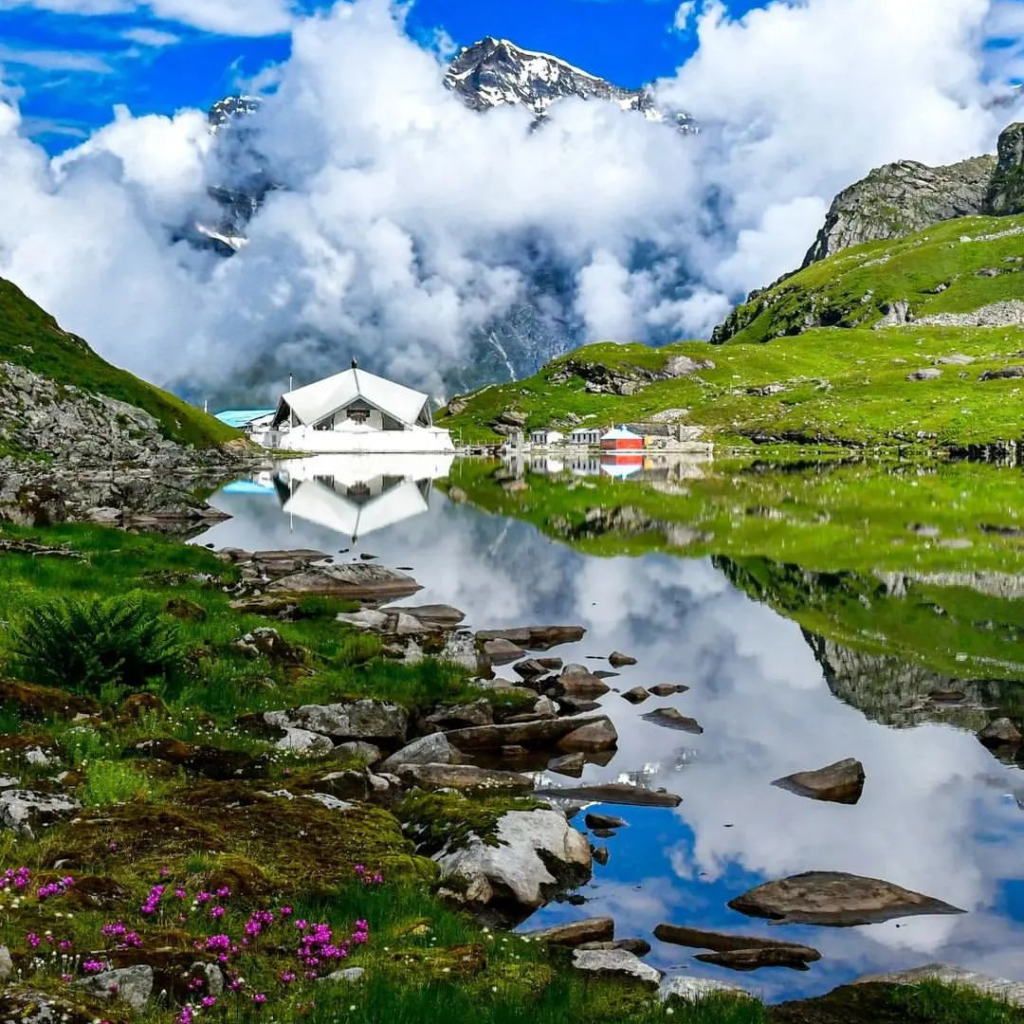
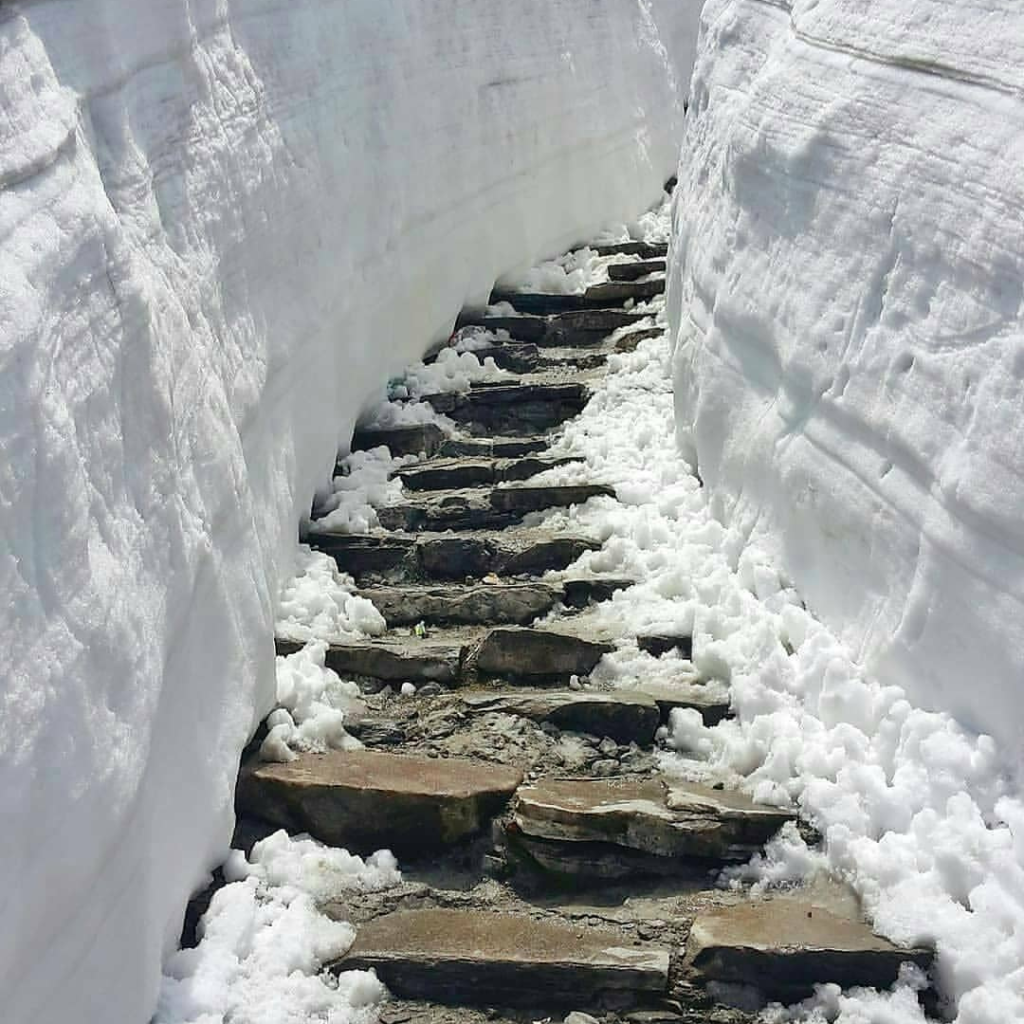

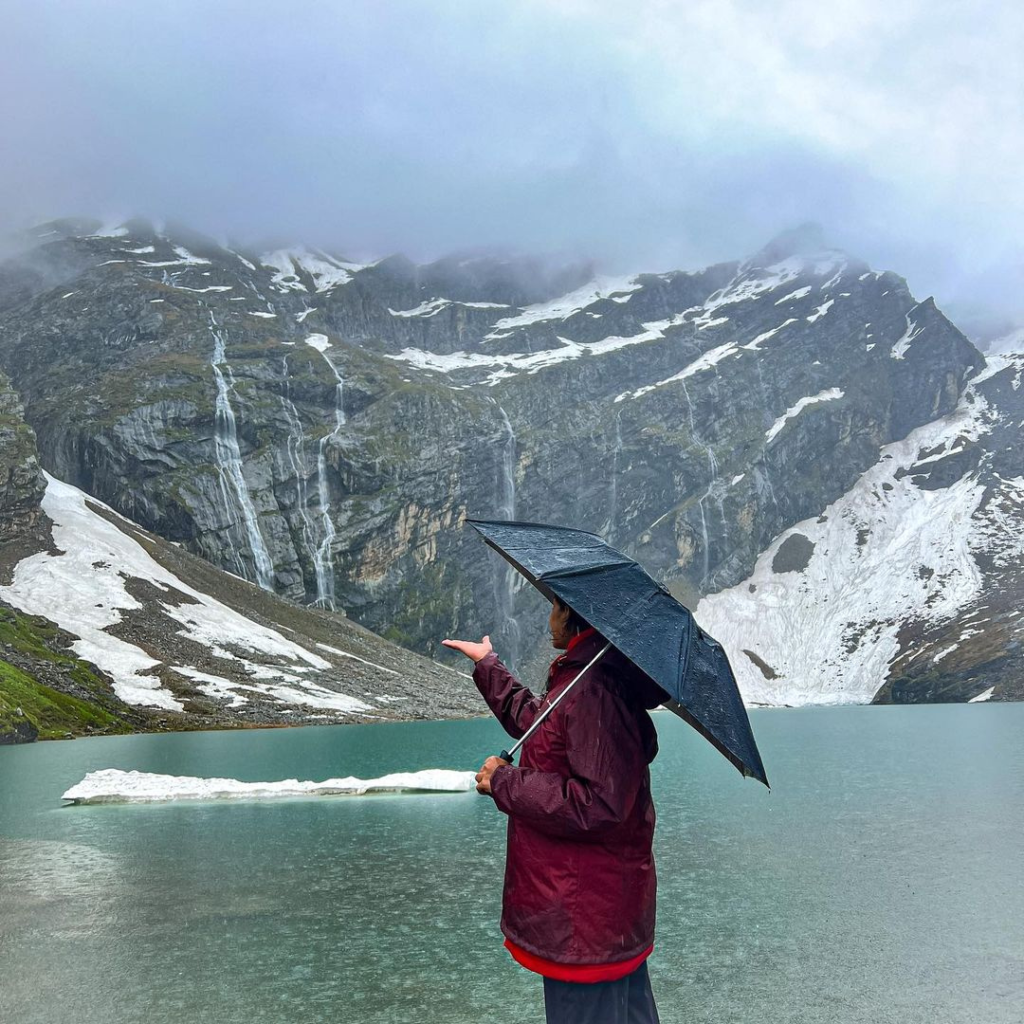


Best Time to Visit
The best time to visit Hemkund Sahib is from June to October. During this period, the weather is relatively mild, and the trekking routes are accessible. The Gurudwara remains closed from October to May due to heavy snowfall.
